One of the most exhilarating gallery experiences you could have had this year was the immersive nine-screen video installation of A Marvellous Entanglement, part of the epic Isaac Julien retrospective at Tate Britain. It was essentially a biography of the life of Lina Bo Bardi, in which Julien cast two women to play the Italian-born Brazilian architect at different stages of her life. It was a whirlwind of energy, maximising the potential to use specific spaces for physical joy.
Julien’s layered film is a memoir of the architect who passed away in 1992, but also a testament to Brazilian modernism, a strand of tropical modernism, the design and architecture movement shaped by the semi-arid climate and tinderbox politics of the globe’s most vibrant corners.
In 1923, Gregori I Warchavchik arrived in Brazil from Odesa, having worked as an assistant to Marcello Piacentini, who would go on to become one of the key figures in the problematic – yet aesthetically brilliant – rationalist fascist movement in architecture in Italy. Warchavchik built the Casa Modernista da Rua Itápolis in São Paulo in 1930 (a building symbolic of the arrival of a new ethos), and shook up Brazilian design. The baton of modernism was grasped by others. In 1939, Oscar Niemeyer built the Brazilian Pavilion at the New York World’s Fair with Lucio Costa; it showcased a new, modern and progressive Brazil.
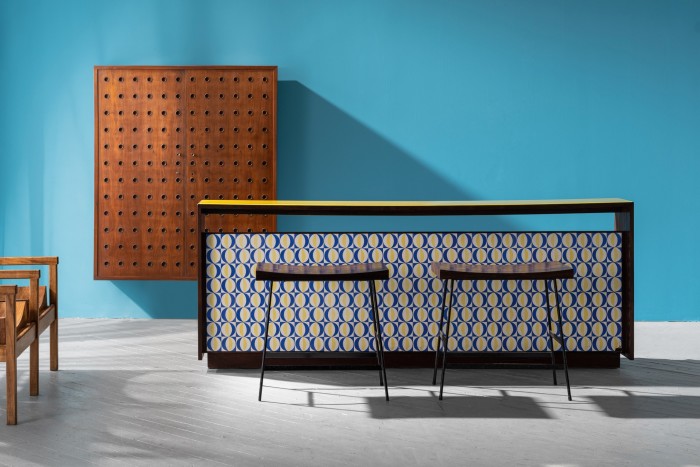

Arper Bardi’s Bowl Chair in Lollipop Ralph, £5,070, artemest.com. Designed in 1951 by Lina Bo Bardi
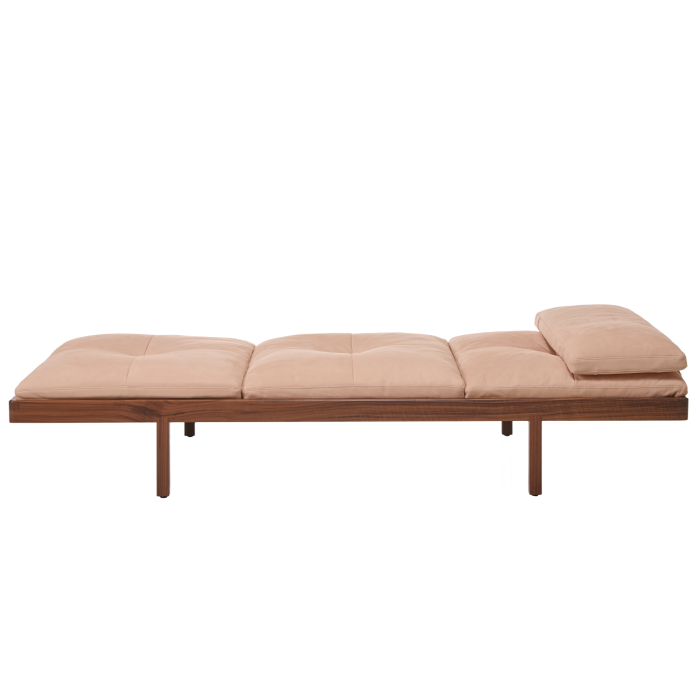
BassamFellows walnut and leather Craig Bassam daybed, £6,692
The style is stripped back, sparing of decoration and focused on materiality, exposing the evidence of construction and designed in acknowledgment of challenges such as heat, humidity and a reliance on locally sourced materials. Brazilian modernism looks organic. It feels born from nature. It’s warm. Most of the key practitioners – including Bo Bardi, Rodrigues and Niemeyer – created furniture as well as buildings (a selection of Niemeyer’s sculptural furniture by Etel can be found at The Invisible Collection).
In Brazil, the aesthetic lives on. Last year, Zanini de Zanine Caldas, the Rio-based furniture designer, showed The Sound of Wood at R & Company in New York, a collection of work marking 20 years of his studio. De Zanine Caldas established The Museum of Brazilian Chairs in Bahia in 2018 and now, in his mid-40s, is a dynamo of contemporary Brazilian modernism. His work blends indigenous materials – fibres from the Tucum palm, ipê and maçaranduba wood – to create pieces that would look at home in any midcentury glass pavilion but also radiate tropical energy. “His artistic vision beautifully intertwines the past, present and future of Brazilian modernism,” says Zesty Meyers, co-founder of R & Company, which showcases the work of 20th- and 21st-century designers. “His masterful use of native woods echoes the legacy of his artistic heritage – and his distinctive forms and engagement with material thickness and weight reflect an understanding of past innovation, while offering a contemporary experience.”
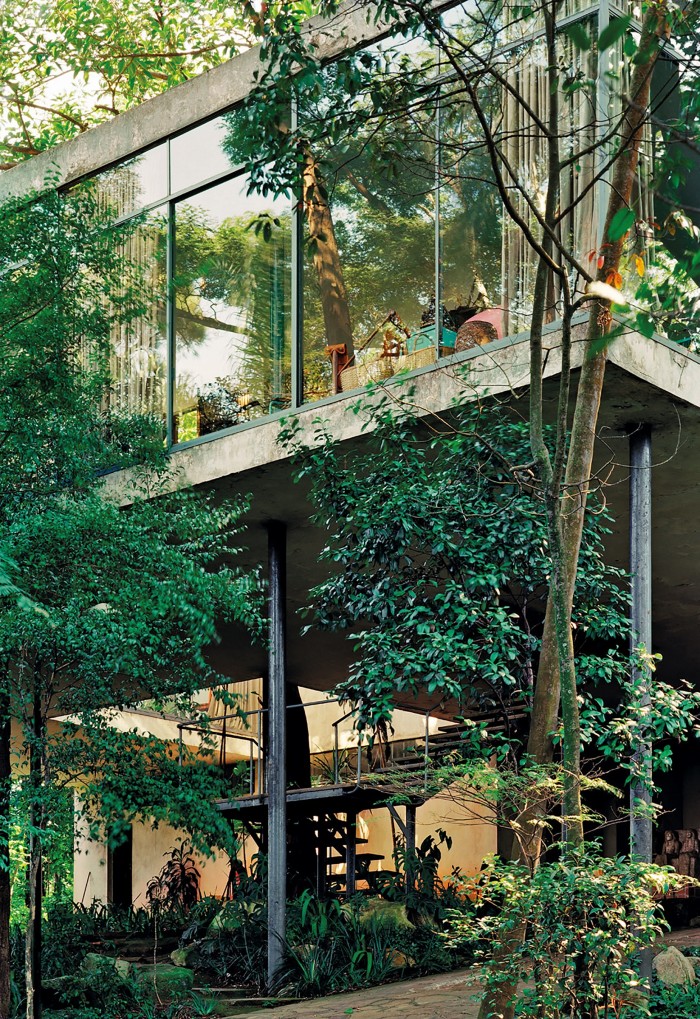
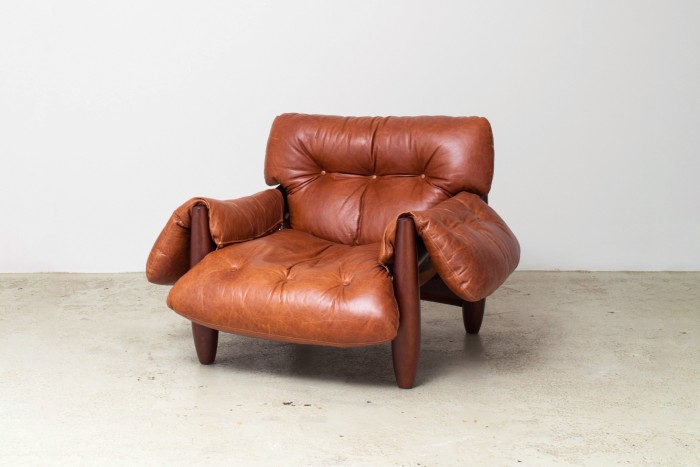
Zanini’s father was José Zanine Caldas, who defined a new aesthetic with his work in the 1950s. “It was raw,” says fellow Brazilian furniture designer Claudia Moreira Salles, who is represented by Espasso, a gallery specialising in Brazilian design (including vintage pieces). “He came from architecture, and worked wood in larger dimensions, creating a more brutalist and less machined style.” Moreira Salles also cites Sergio Rodrigues as creating “iconic” work. “His Mole chair imprinted modernism with a heavier language through its abundant use of material,” she says. “The Nordics are more restrained, but Brazilians have so many natural resources.” Espasso founder Carlos Junqueira agrees: “It represents the DNA of Brazilian modernism – it’s traditional but encapsulates the movement with exaggerated shapes, curved features, luxurious comfort and a laid-back but well-crafted appeal.”
In 2013, when working in Brazil, I was so taken with Rodrigues’s dining chair with hexagonal split-cane panels I asked to visit him. The Oscar chairs debuted in 1956 at the São Paulo Jockey Club and are named after Oscar Niemeyer. I met Rodrigues – a jovial bear of a man with a luxuriant Yosemite Sam moustache – at his studio in Botafogo, Rio. Some of his designs looked like cartoon characters – the witty lines of the Chifruda armchair always raise a smile. “When I create a piece,” he told me, “I’m my own client. I always think that if I like it then someone else will.” Rodrigues died in 2014 but his work is still celebrated; this month, R & Co opens a show of work that can be seen until the end of January next year at its TriBeCa gallery on White Street.
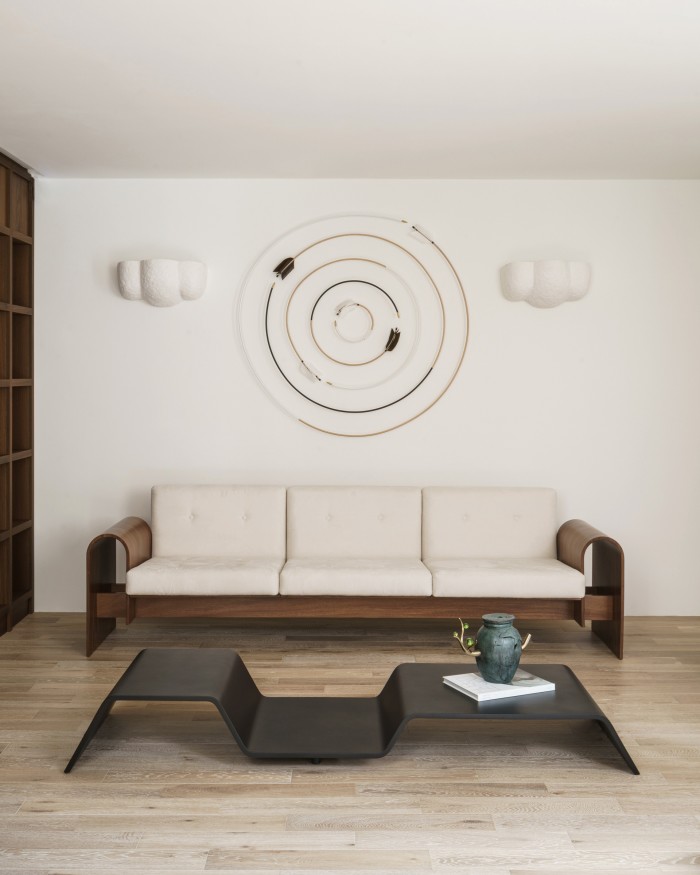
Some contemporary designers channel Brazilian modernism without being conscious of it. “As a boy, growing up in Sydney, I was inspired to become an architect by Harry Seidler, Australia’s foremost modernist architect,” says US designer and architect Craig Bassam, one half of the design house BassamFellows. “I didn’t realise at that point how much of Seidler’s work was influenced by his time spent in Brazil. His urbanism was shaped by the monumentality of Niemeyer with the artful landscape planning of Roberto Burle Marx. Subtly, it has influenced my own furniture designs – sculptural, organic silhouettes and natural, solid materials with a focus on ease and comfort.”
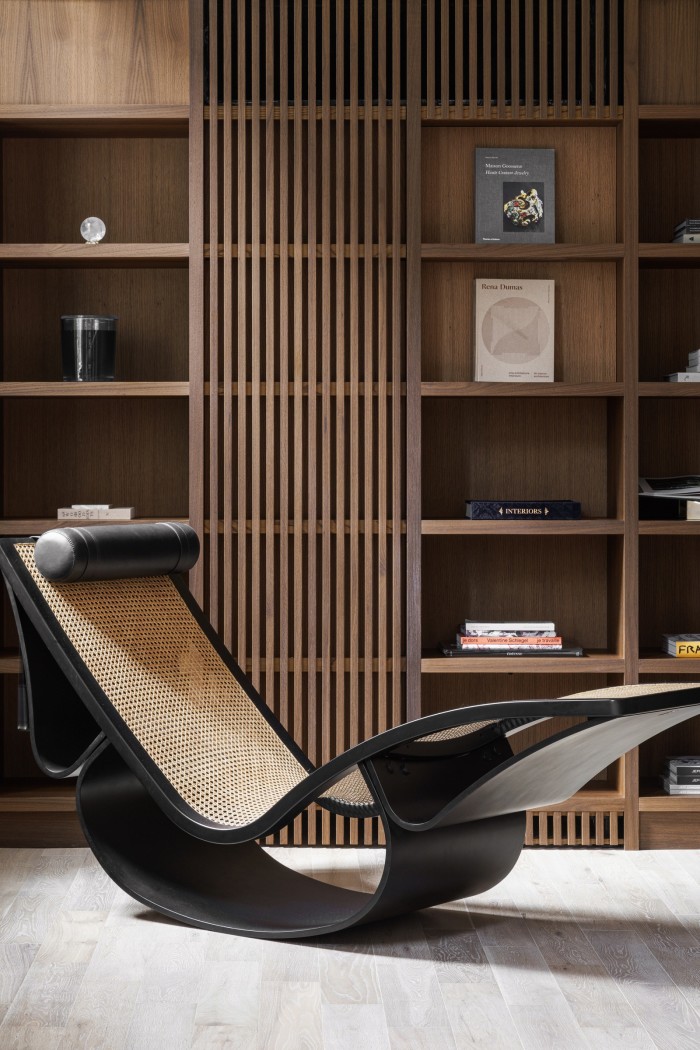
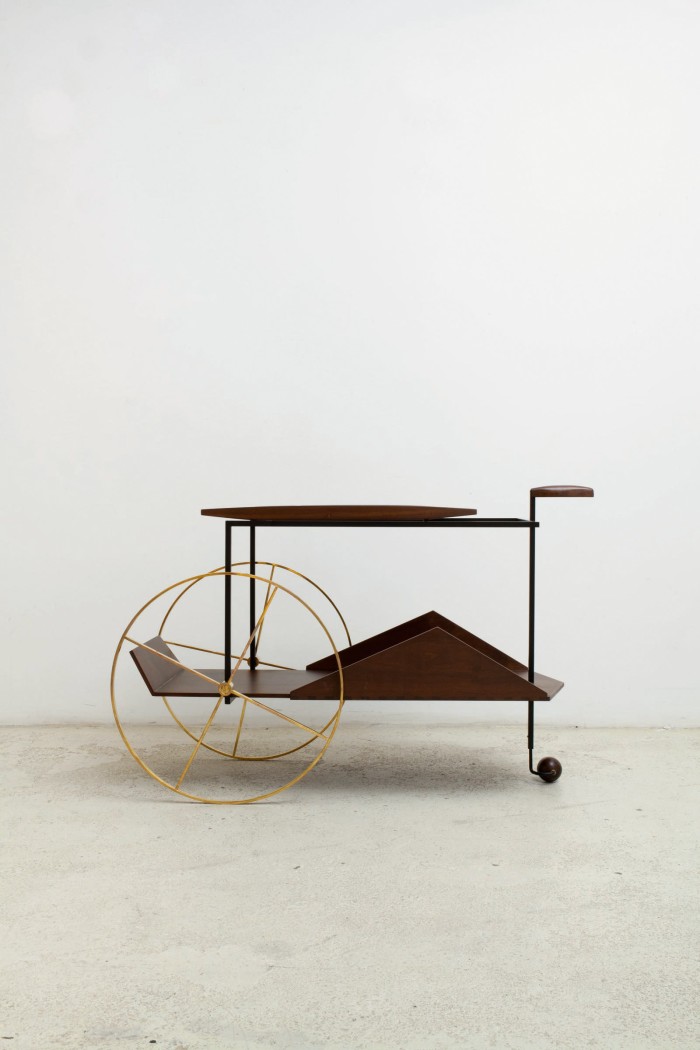
There are many other Brazilian modernist designers who remain underrated compared with their European counterparts, despite their having created some phenomenal work. Carlos Junqueira points to the 1959 Dinamarquesa Chair by Jorge Zalszupin as a masterpiece. It has the kind of sleek, future-leaning silhouette that would hold its own against any Gio Ponti, or his Nordic peers. “Its name indicates an inspiration drawn from Danish minimalism,” says Junqueira. “The thin and lightweight frame tells a story of refined craftsmanship and elegance while slight curves and a reclined seating position respond to the Brazilian casual lifestyle.”
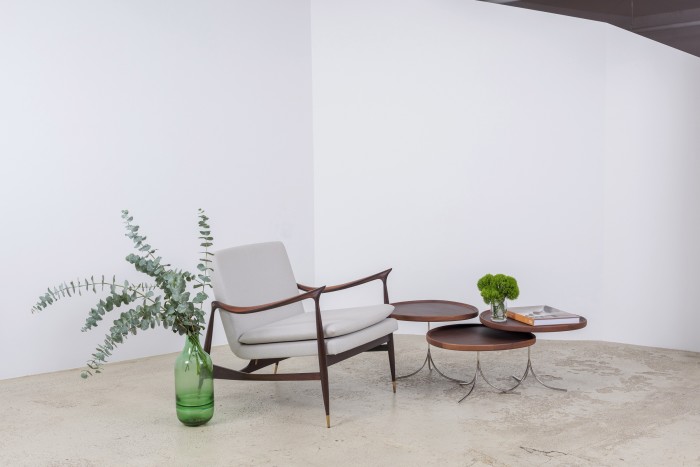
Claudia Moreira Salles singles out the three-legged Três Pés side chair by Joaquim Tenreiro as a piece that is “iconic and represents Brazilian modernism”. It’s certainly a beauty. And a rare one too. An original will come close to £80,000 at auction. But she has more affection for the work of Zalszupin. “He had an extremely sophisticated language, but worked in an economical way, with expressiveness of drawing,” she says. “If I had to choose one piece, I would choose the JZ Tea Trolley. It did not have the rigid structure you’d see from European industrial producers working with large joineries. He arrived in Brazil as an immigrant war refugee; he had to pivot. He has a rich repertoire.”
Partly because of a ban on many exports (rosewood is still highly regulated, which prevents a lot of key pieces making it out of the country), it is the homes and galleries that the Brazilian modernists created that made their name internationally. Everyone knows the names of Niemeyer and landscape architect Roberto Burle Marx who worked so closely with him, even if they’ve never visited Brazil.
But one also has to turn back to Lina Bo Bardi. While Isaac Julien’s nine screens were taking Londoners through a variety of Bo Bardi’s public buildings, Bottega Veneta took people into her most private space – an elevated glass box in the rainforest, Casa de Vidro, which she built in São Paulo in 1951 and lived in until her death in 1992. The fashion brand was marking 10 years of its presence in Brazil, and invited curator Mari Stockler to create an 11-day programme, installing a diverse selection of work by Brazilian artists at the house as part of Bottega’s ongoing cultural exchange programme, The Square. At the opening, Stockler explained that she was attempting to “contrast Lina’s objects with works by modern and contemporary artists in an exchange between past, present, and possible futures”.
Bo Bardi framed it in slightly more esoteric terms – a quote that inspired the title of Isaac Julien’s film: “Linear time is a western invention; time is not linear, it is a marvellous entanglement where, at any moment, points can be chosen and solutions invented, without beginning or end,” she said. The sentiment is close to science fiction. Which is apt – Brazilian modernism has always been about fantasy and optimism.






